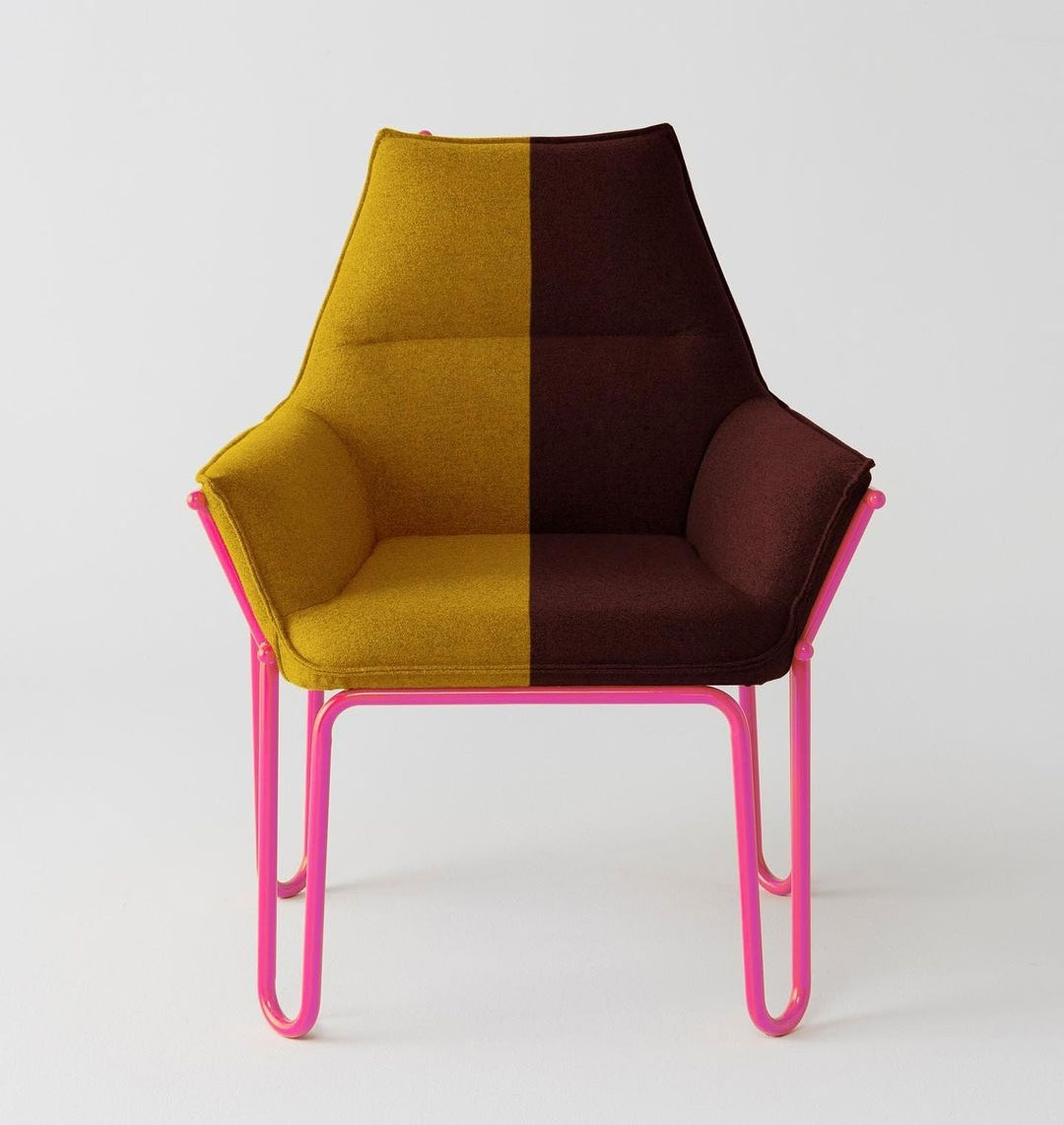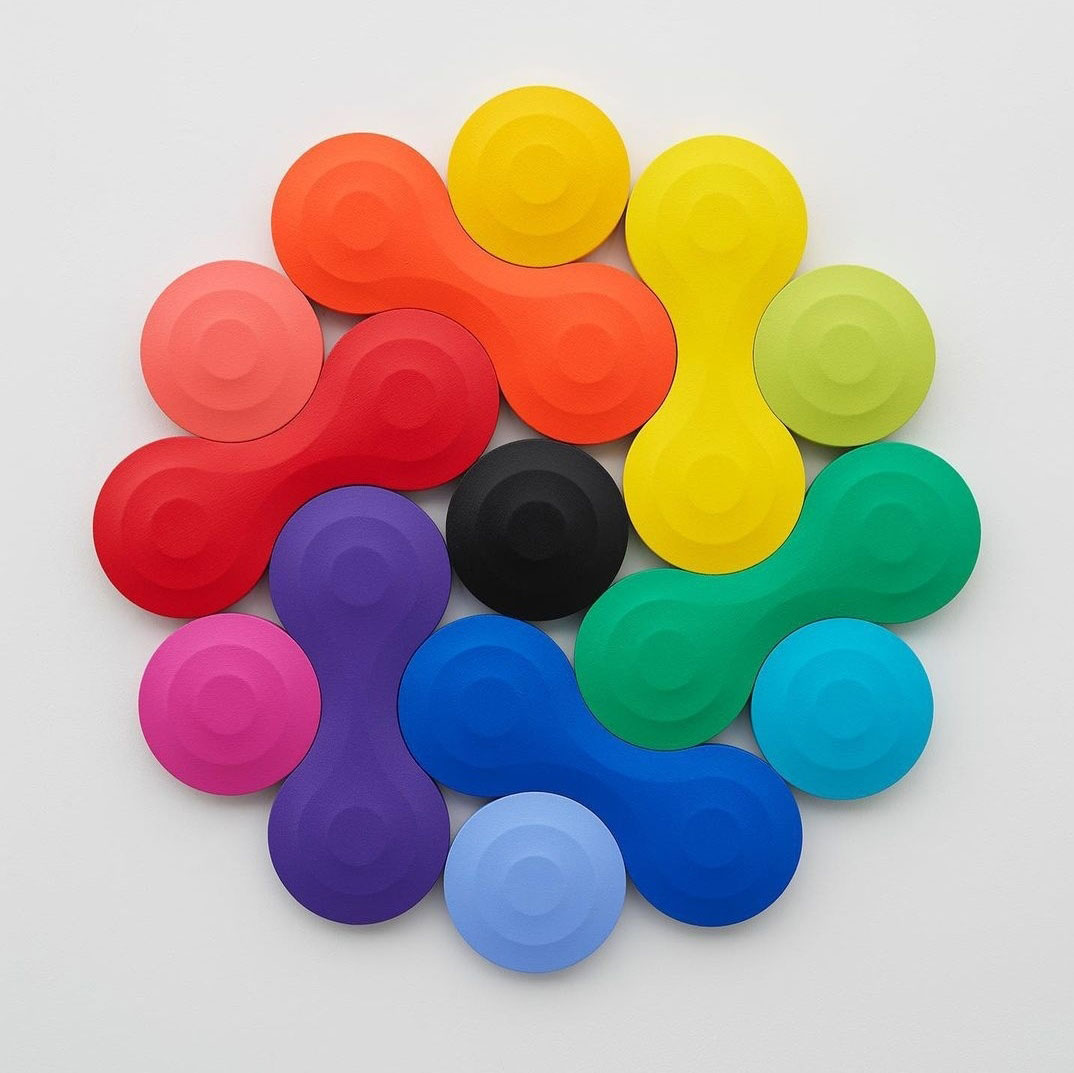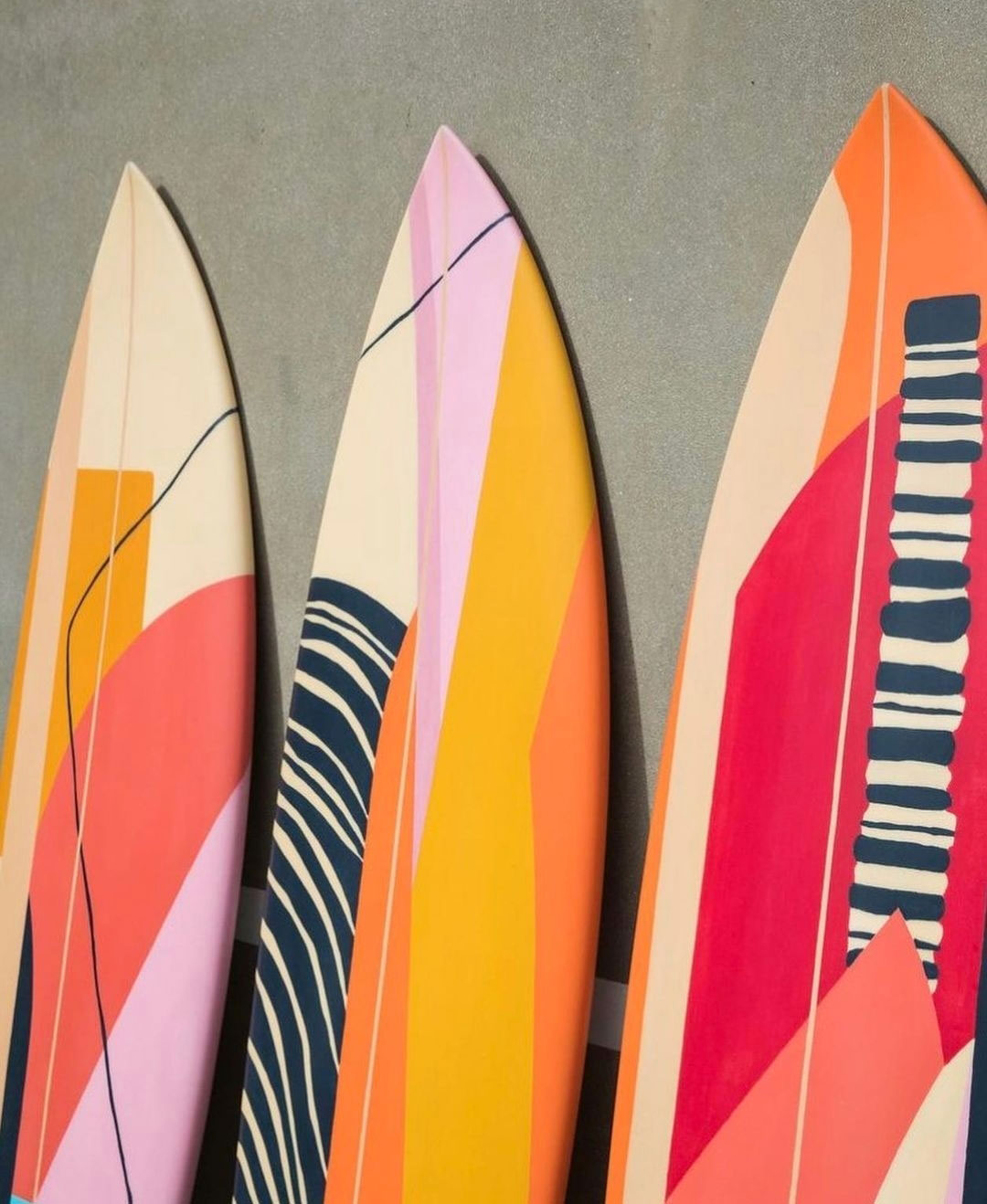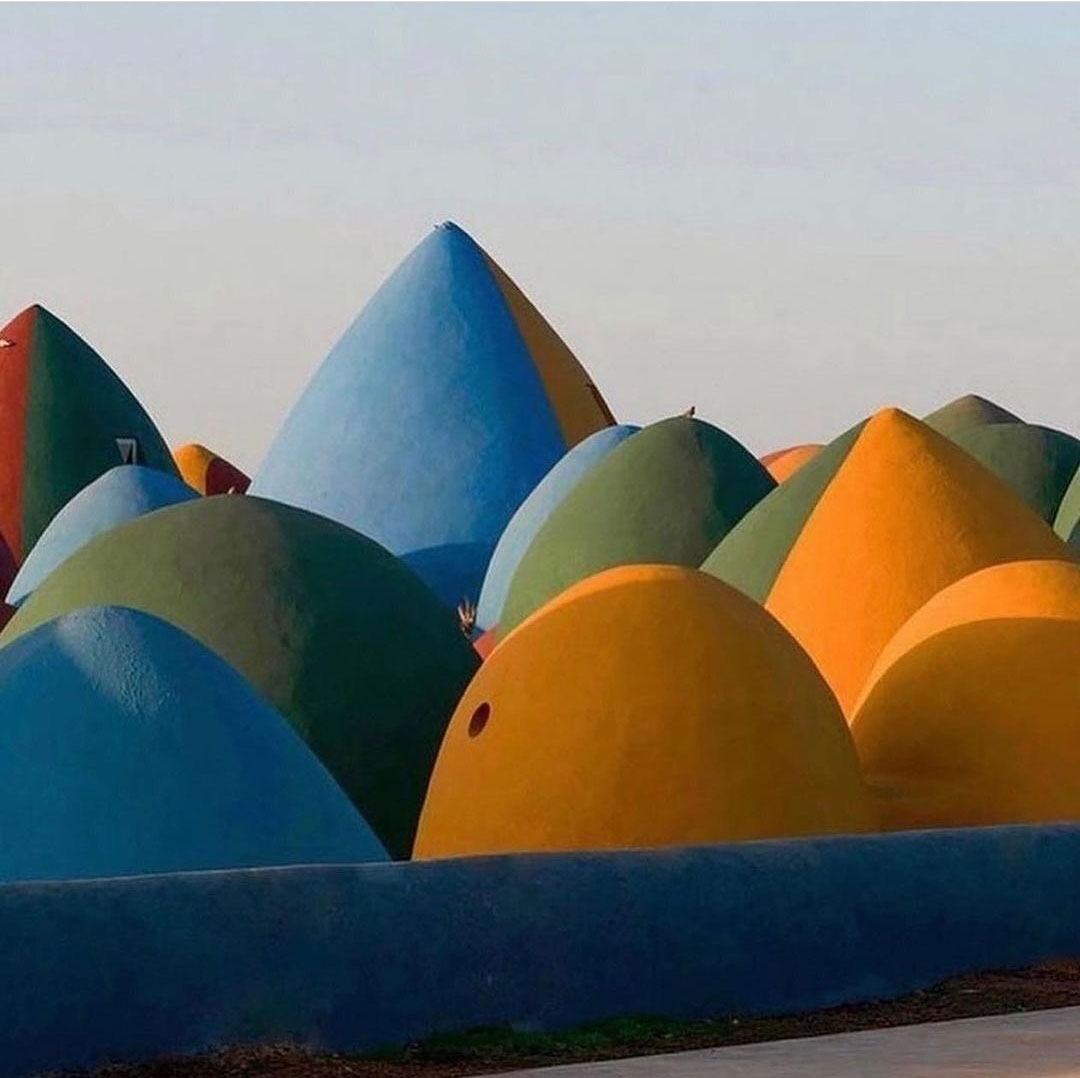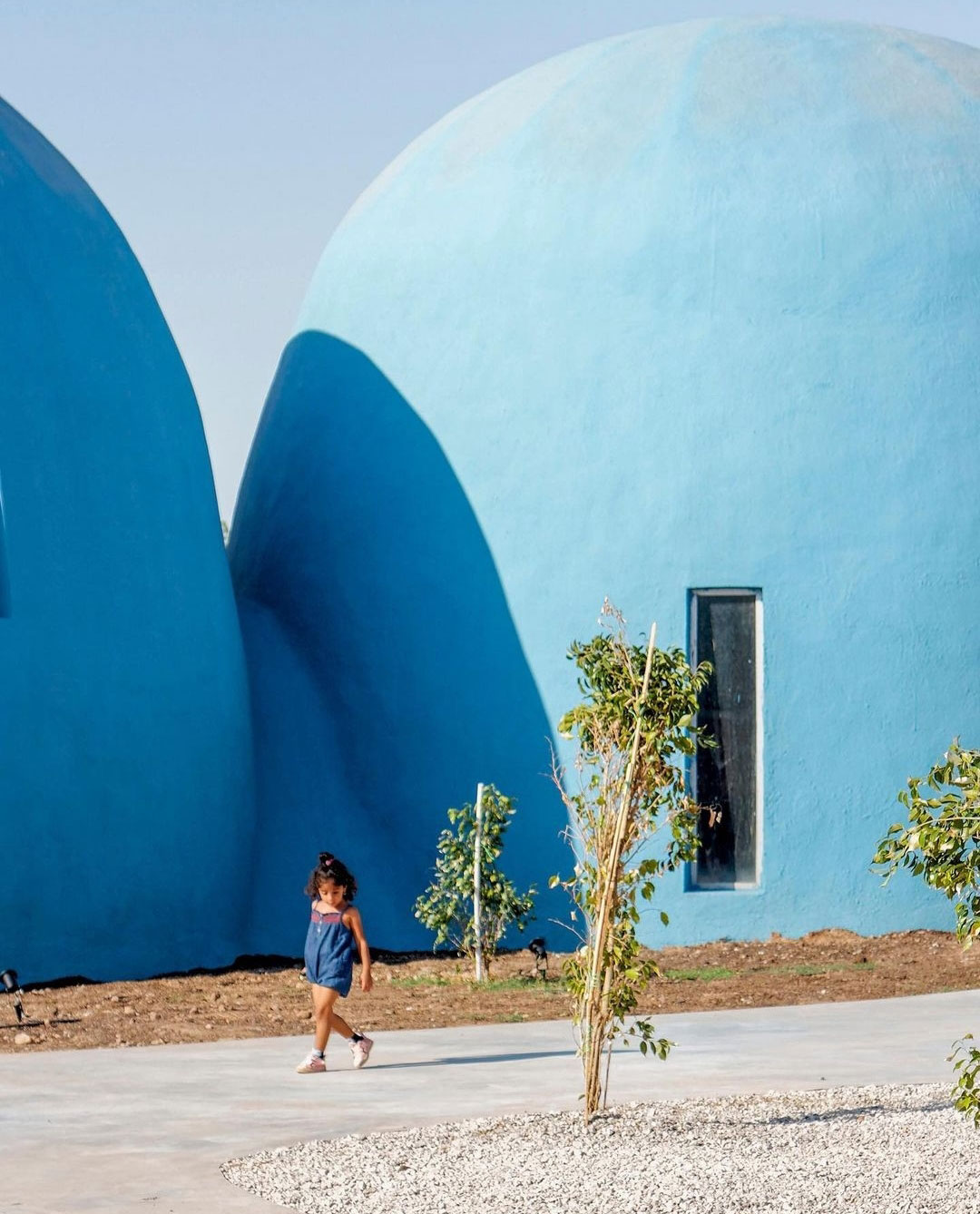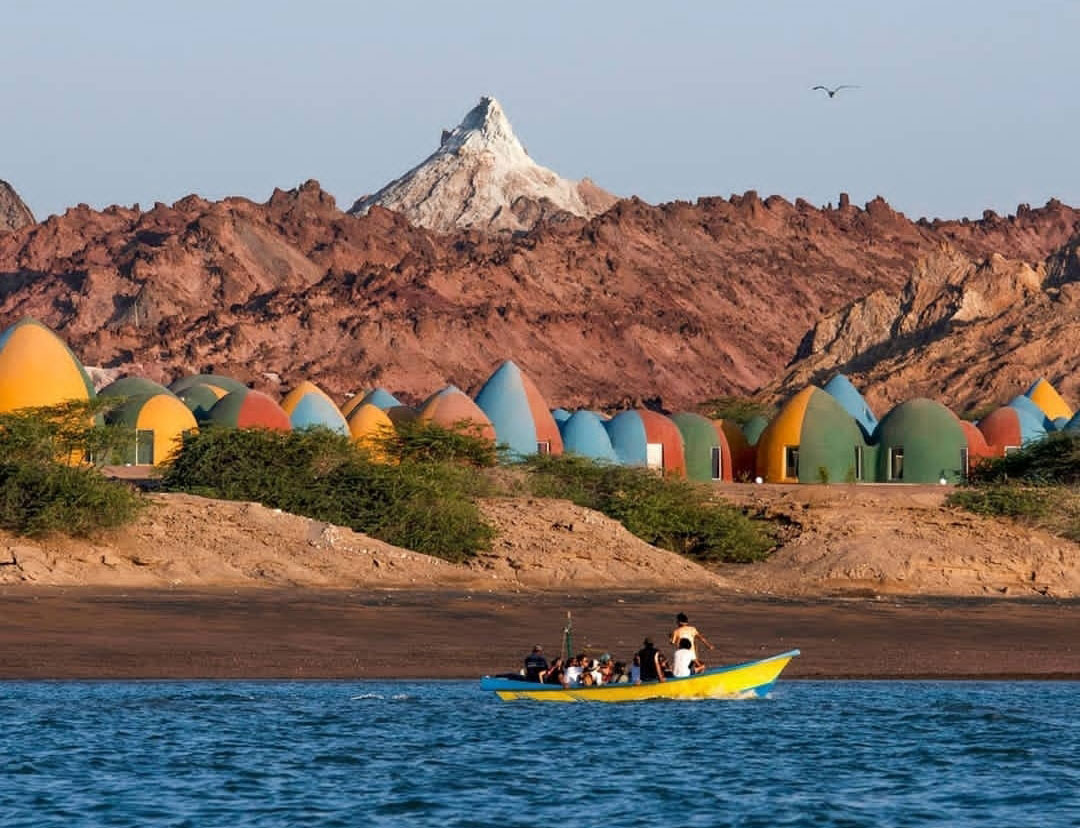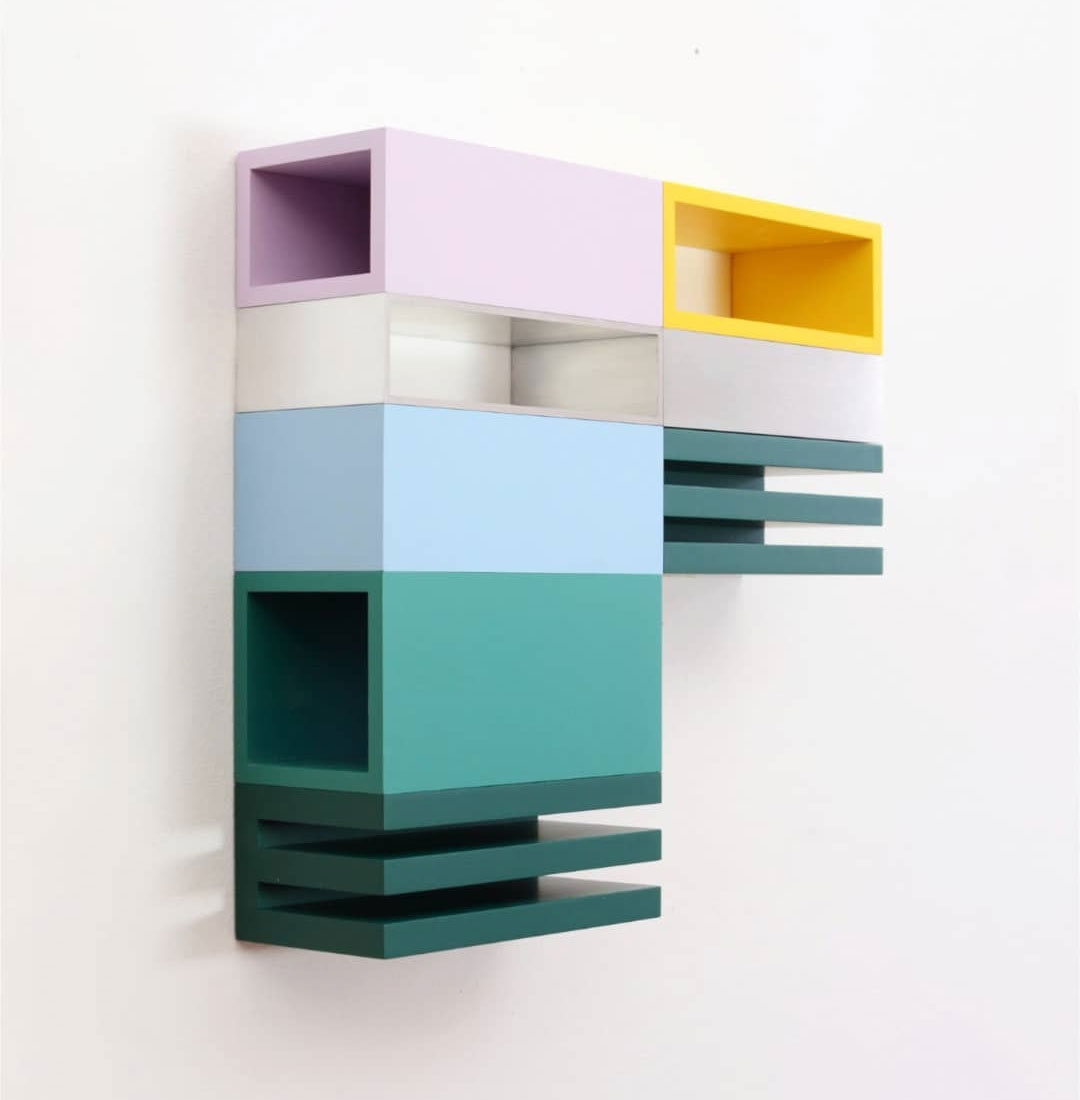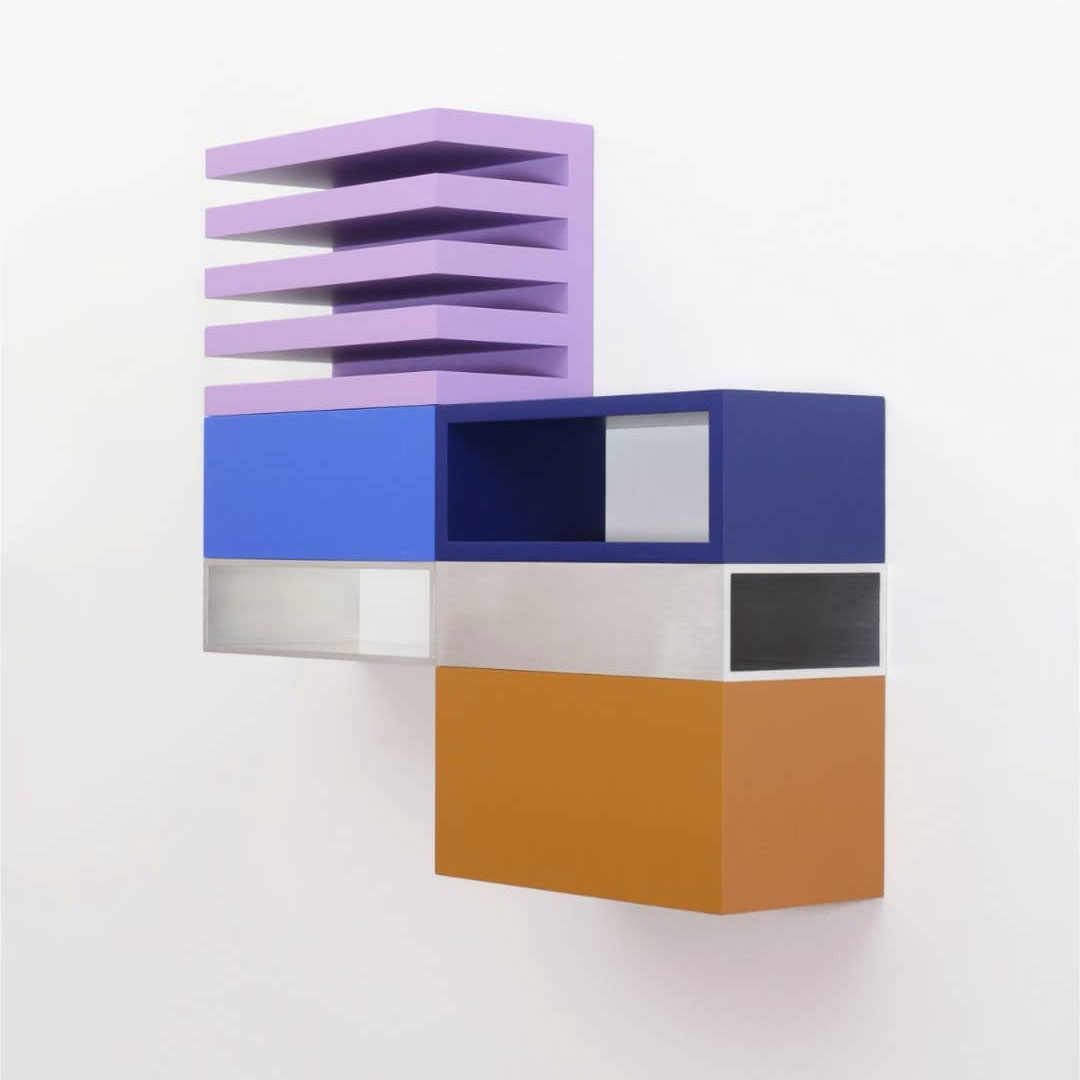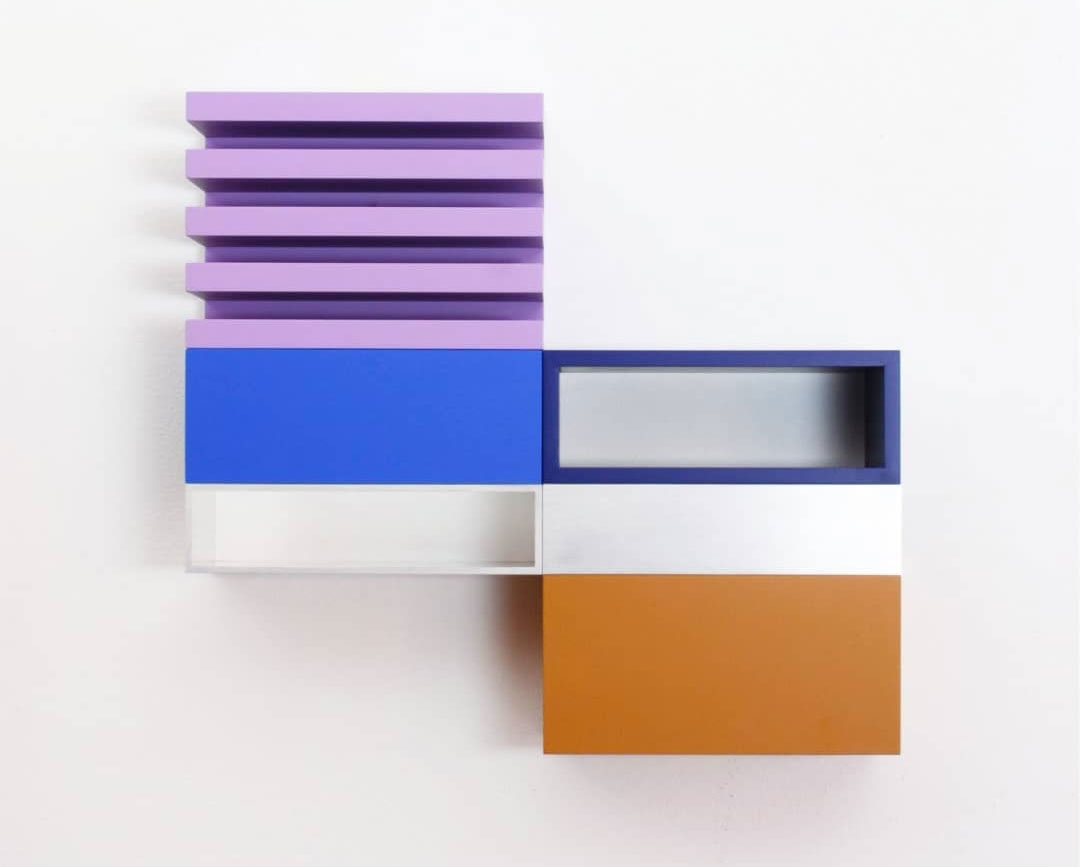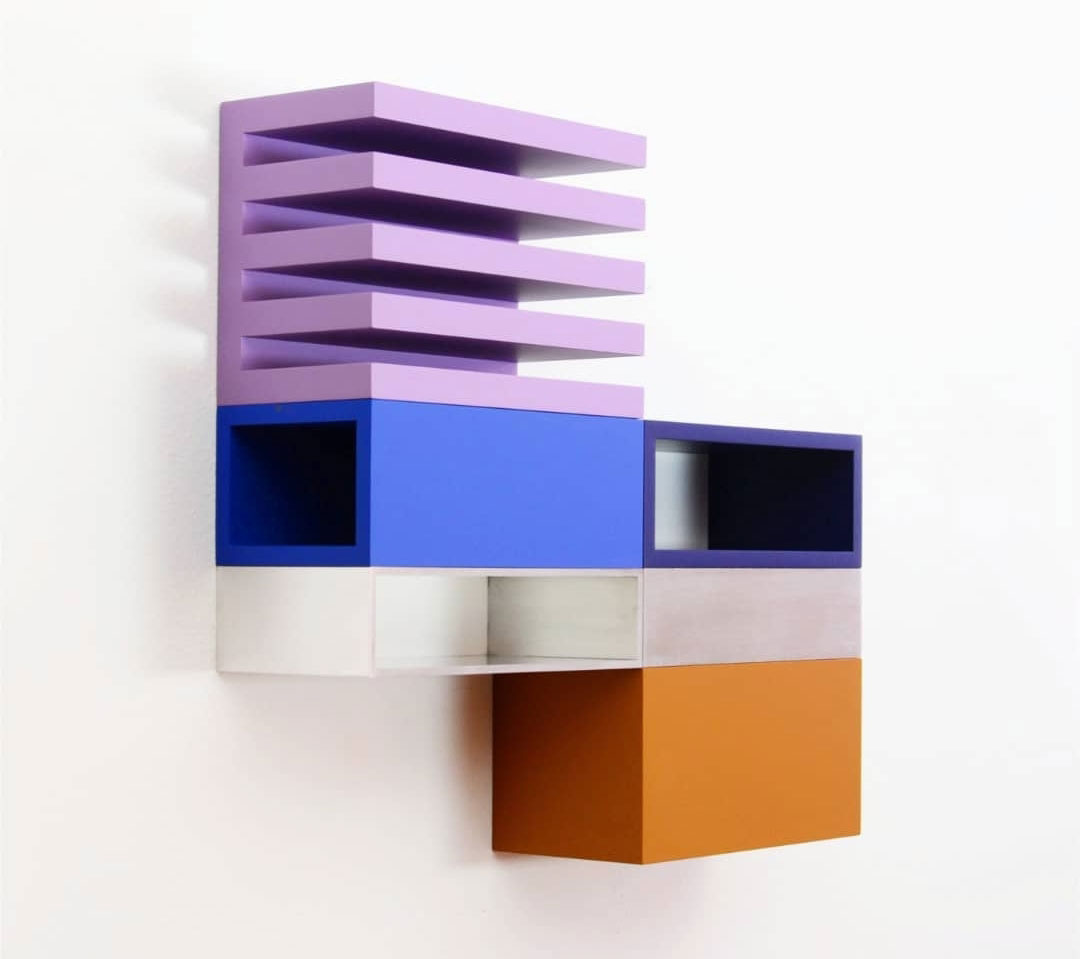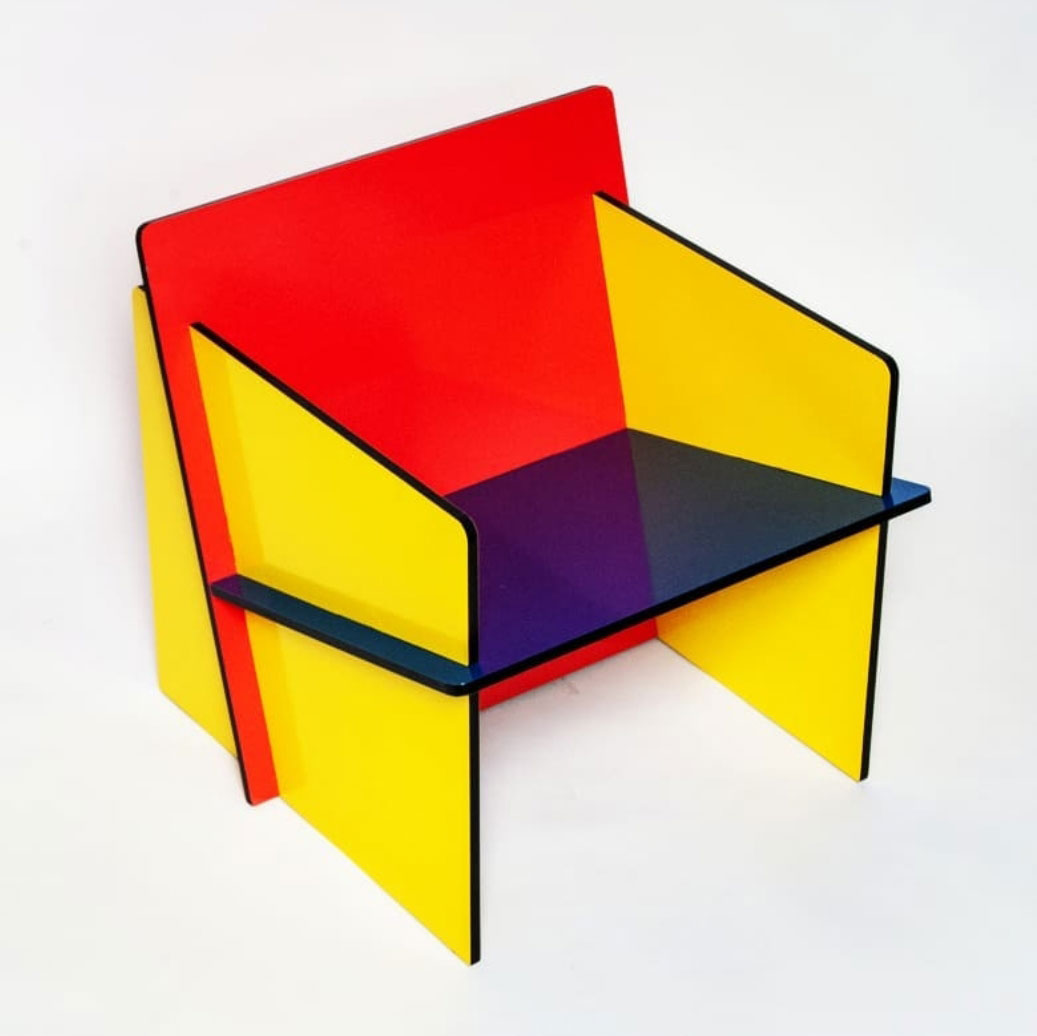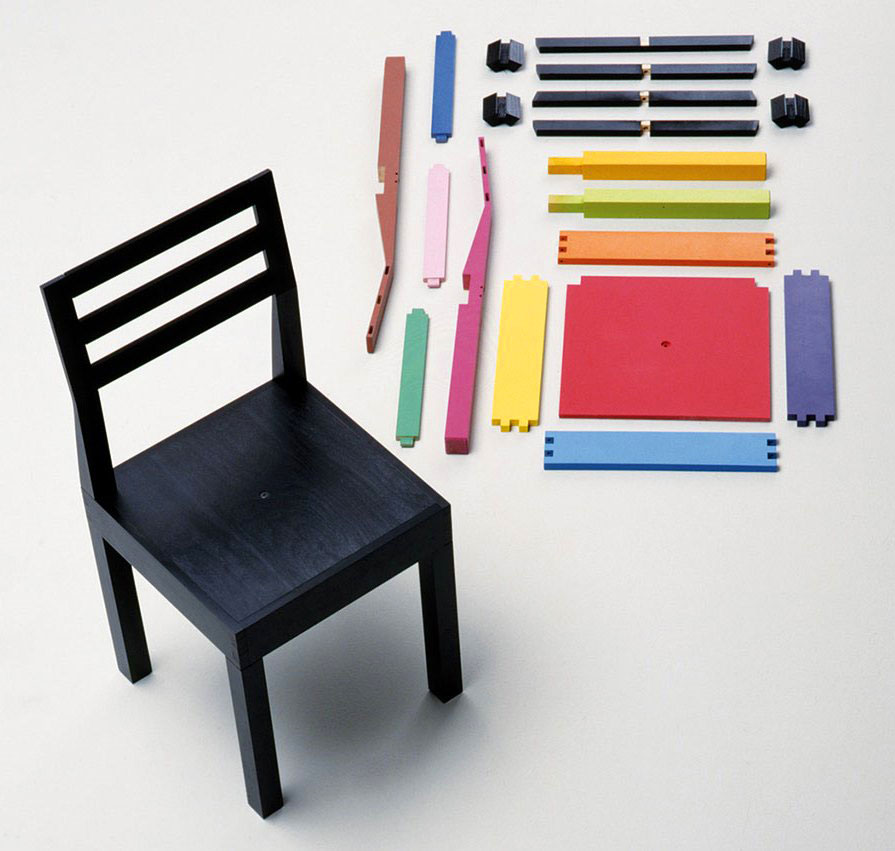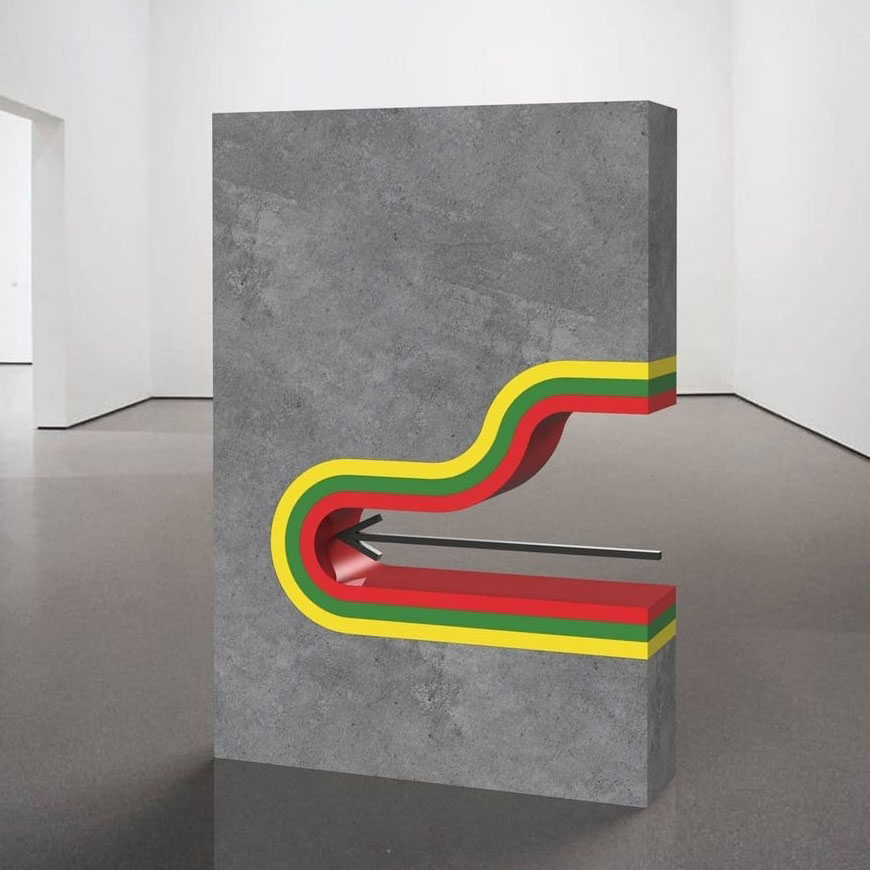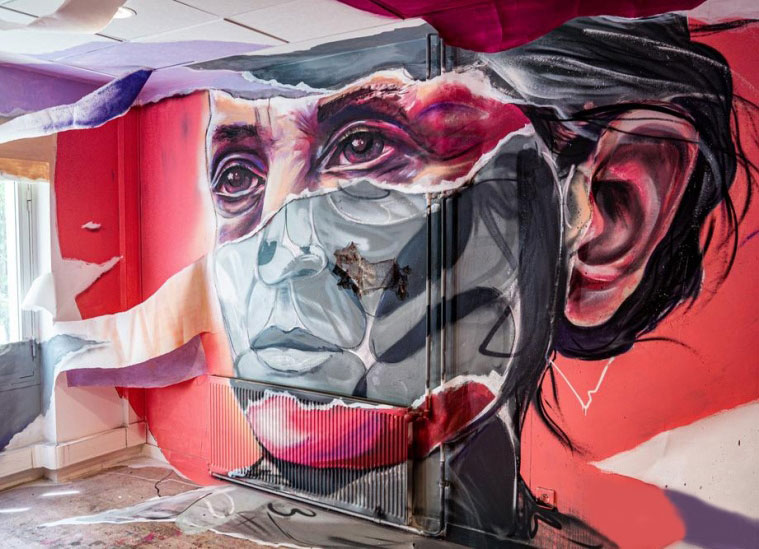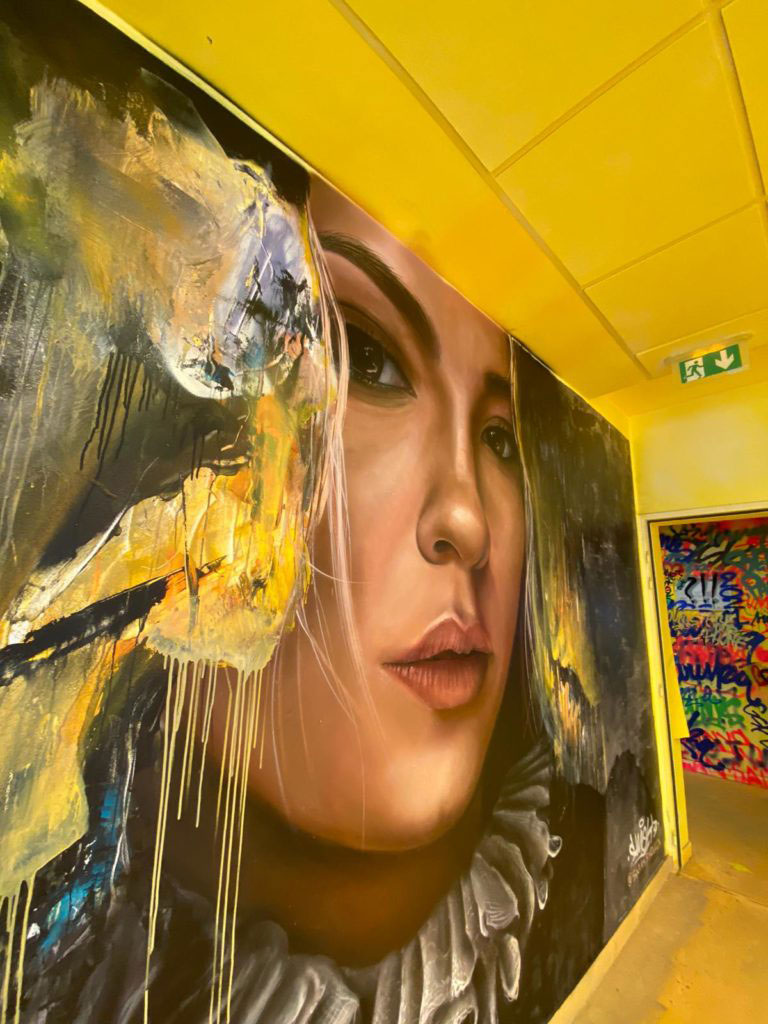UNA FAMIGLIA VERDE E AZZURRA
ARCHITECTURE | CROSSBOUNDARIES
Family box è un complesso ricreativo polivalente fra un parco giochi coperto e un asilo per bambini fino a dodici anni, ma che risponde anche alle esigenze dei genitori. Si trova a Shanghai e ospita diversi tipi di attività: nuoto, musica, ballo, artigianato e cucina.
La struttura nasce da uno spazio commerciale abbandonato, con poca luce naturale e interrotto da numerosi pilastri. La rifunzionalizzazione avviene all’insegna del colore, anche se i volumi sono nettamente dominati dal bianco.
In base al nuovo progetto, curato dallo studio Crossboundaries, il primo e il secondo piano sono collegati visivamente da un verde brillante e fresco, in due tonalità. Dall’ingresso il volume della scala attira il visitatore, formando un chiaro percorso di circolazione verso la piscina al piano superiore.
Il verde si ripresenta nelle varie zone “specializzate”, spesso caratterizzate da forme asimmetriche, combinato con il turchese.
A green and blue family – Family box is a multipurpose recreational complex between an indoor playground and a kindergarten for children up to twelve years, but which also meets the needs of parents. It’s in Shanghai and hosts different types of activities: swimming, music, dancing, crafts and cooking.
The structure arises from an abandoned commercial space, with little natural light and interrupted by numerous pillars. The re-functionalization takes place in the name of color, even if the volumes are clearly dominated by white.
According to the new project, curated by the Crossboundaries studio, the first and second floors are visually connected by a bright and fresh two-tone green. From the entrance, the volume of the staircase attracts the visitor, forming a clear circulation path towards the swimming pool on the upper floor.
Green recurs in the various “specialized” areas, often characterized by asymmetrical shapes, combined with turquoise.











